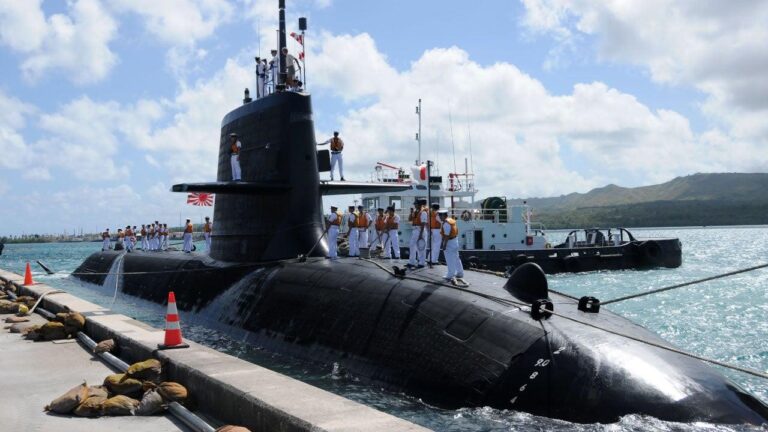Japan’s submarine fleet has entered a new era of enhanced lethality, reflecting the nation’s strategic push to bolster its maritime defense capabilities amid rising regional tensions. Recent advancements in stealth, weaponry, and endurance mark a significant upgrade, positioning Japan’s underwater forces as a more formidable deterrent in the face of growing security challenges in the Indo-Pacific. This development not only underscores Tokyo’s commitment to maintaining a robust defense posture but also signals a shift in the balance of naval power in East Asia.
Japan Enhances Underwater Warfare Capabilities with Advanced Submarine Upgrades
Japan has accelerated its efforts to fortify its underwater combat dominance by integrating cutting-edge technologies across its submarine fleet. The latest upgrades include enhanced sonar systems, quieter propulsion mechanisms, and improved missile capabilities designed to operate in complex maritime environments. These advancements collectively elevate the stealth and strike proficiency of Japan’s submarines, allowing for greater tactical flexibility and extended mission durations beneath the waves.
Among the notable improvements are:
- Advanced Acoustic Sensors that drastically reduce detection risk
- Next-generation Torpedo Launch Systems with increased range and accuracy
- Improved Battery Technologies enabling prolonged submerged endurance
| Capability | Previous Specs | Upgraded Specs |
|---|---|---|
| Sonar Range | 30 km | 50 km |
| Maximum Dive Depth | 400 m | 500 m |
| Submerged Endurance | 2 weeks | 3 weeks |
Strategic Implications for Regional Security and Power Dynamics
Japan’s recent advancements in submarine capabilities signal a significant shift in the balance of naval power across the Indo-Pacific region. With enhanced stealth technology, longer submerged endurance, and upgraded armament options, these vessels extend Japan’s reach and deterrence potential far beyond its immediate coastline. This development challenges the existing maritime status quo and compels neighboring countries to reassess their strategic calculations, particularly amid rising tensions over contested waters and territorial claims.
Key impacts to consider include:
- Reinforced deterrence: Japan’s newfound ability to conduct undersea operations with greater lethality strengthens its defensive posture against potential adversaries, particularly North Korea and China.
- Expanded regional partnerships: Enhanced capabilities facilitate deeper interoperability with U.S. and allied navies, promoting a more cohesive security network.
- Incentives for an arms race: Neighboring nations may accelerate their own submarine or anti-submarine warfare programs in response, potentially increasing regional instability.
| Capability | Strategic Effect |
|---|---|
| Improved Quieting Systems | Reduces detection risk, enabling covert surveillance |
| Extended Battery Life | Longer submerged operations, enhances operational flexibility |
| Advanced Torpedoes | Increased lethality against surface combatants |
Recommendations for Strengthening Allied Naval Coordination and Deterrence Strategies
Concluding Remarks
As Japan advances its submarine capabilities, the strategic landscape of the Asia-Pacific region is poised for significant shifts. By enhancing the lethality and stealth of its underwater fleet, Tokyo is signaling a clear commitment to strengthening its maritime defense amid growing regional tensions. This development not only underscores Japan’s determination to protect its interests but also highlights the evolving nature of naval power in a complex geopolitical environment. Observers will be watching closely to see how these advancements influence the balance of power beneath the waves in the years to come.




